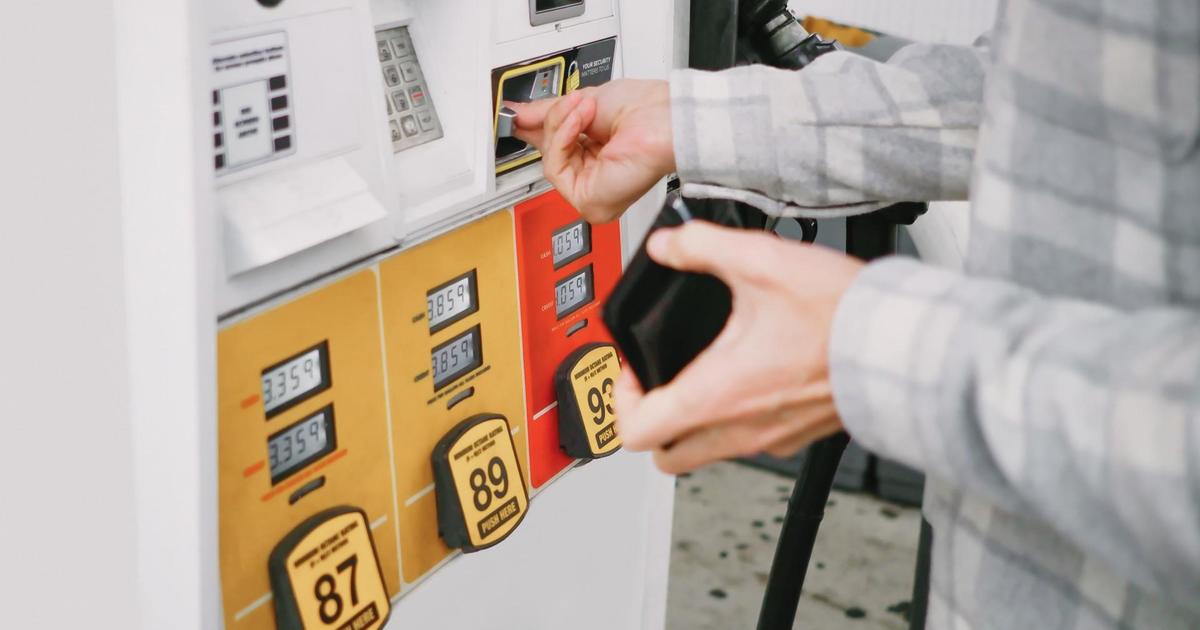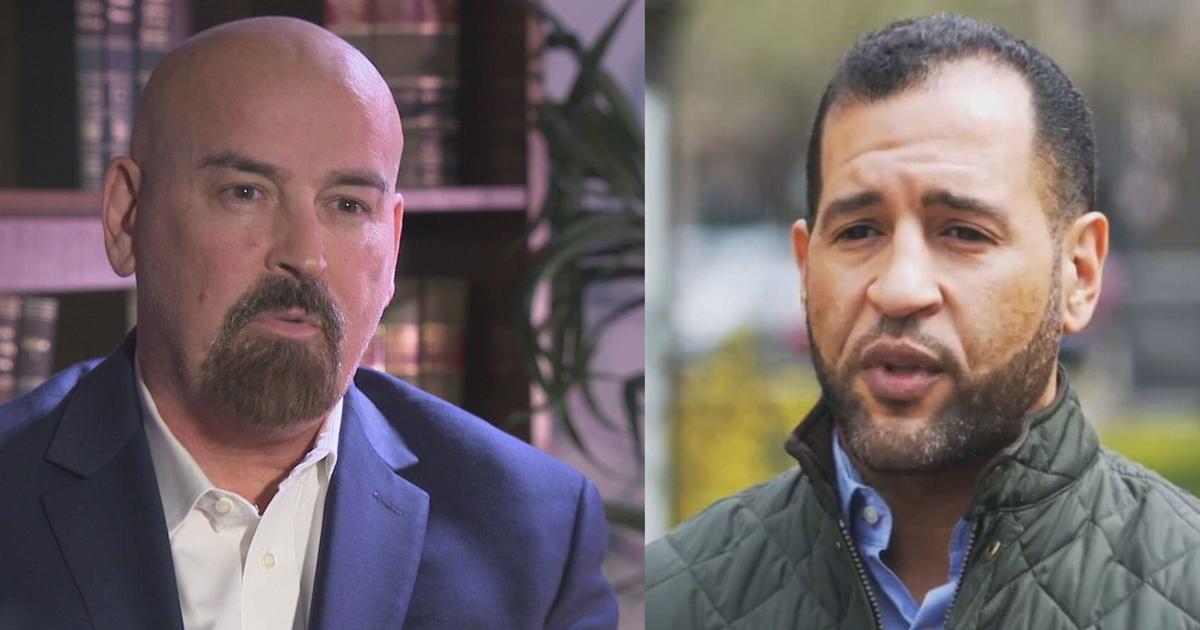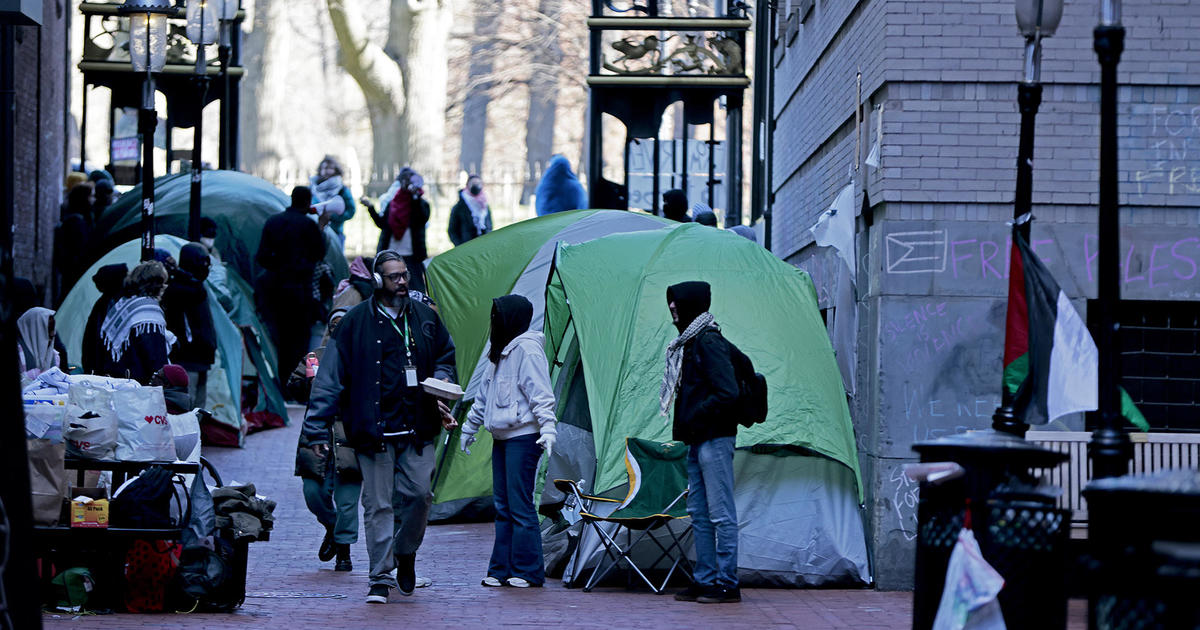How Many 'Top 10 Weather Days' Do We Get In Boston?
BOSTON (CBS) - If you're a frequent viewer of WBZ-TV or peruse the vast rabble of Twitter, you'll be familiar with my tracking of 'top 10 days' here in New England. Now here's a disclaimer - weather is completely subjective. You might be able to say more people look forward to summer than winter, or more would prefer sunshine to a wind-driven 32 degree rain, but that doesn't hold true for all. Some prefer a blizzard to sunny and 75. Some would rather 8 hours of daylight than 14. Some want subfreezing instead of sizzling. So setting a standard is difficult.
But hey, we gotta start somewhere. I set out to find a happy medium of what makes a 'top 10 day.' It would seem the general consensus is that people enjoy sunny skies, temperatures that aren't too hot or too cold, and drier air versus tropical humidity. And hey if we're being picky, can we have it on the weekend too? With that being said, here were some suggested criteria I threw out there:
- Highs 72-82F
- <25% cloud cover
- Afternoon dewpoints <55F
- Must occur on a Friday/Saturday/Sunday (or a Monday holiday)
And you know the great thing about the Internet sometimes? Someone spotted this conversation and decided to jump in and do the dirty work. In this case, Benjamin Frechette of Lyndon State College in Vermont! I know Ben as an organizer from the Northeast Storm Conference and he was kind enough to invite me to give a talk a couple years ago. He took the criteria and ran with it, crunching the numbers and coming up with an answer to our burning question of 'how many top 10 days do we get every year in Boston?'
Turns out, we don't have top 10 days. We have top 20 days! Ben looked at all the dates since I joined WBZ 5 years ago. It's a fairly small sample size so far as years go, but it's a good place to start. And over those 5 years, he found 98 days that fit the criteria - almost exactly 20 per year! The average amount of them is pretty stable, too. Here's how it figured it out:
- Obtained hourly data from NOAA/NCEI's Local Climatological Data dataset and parsed it in Excel. This contains temperature, dewpoint, and cloud cover (based on the syntax used in METAR reports), among many other variables.
- Examined all instances where your criteria was met (it was tough to quantify <20% cloud cover, so I went with remarks of FEW or CLR (which amounts to <25% of sky cover).
- Defined an occurrence as a day in which your conditions were sustained for at least four consecutive hours.
- The rest of the project was just finding interesting trends within the data. I checked it by month, by year, and found the earliest/latest occurrences.
Some surprises? I was pretty shocked to see that September wasn't the king of these sorts of days. Typically our most dependable month for bright, dry, and enjoyable weather. June is the ringleader with August as a runner-up. I do wonder what would happen if we expanded the search over, say, 20 years. We might find that a larger sample size might change the standings a little, since the day of the week such a day falls on is largely luck.
An oddity? Thursday is apparently your best bet for a great day outside. Thursday is the most common day the criteria was met by a large margin. 46 such days landed on Thursday, while other days of the week had 30-35. Again, a coincidence more than anything else.
Disclaimer - with these sorts of guidelines, it's pretty much impossible to get a top 10 (or 20) day in winter. Some skiers and snowmobilers may disagree with that! But it skews the numbers a little. Using the whole calendar year, 10.4% of all Fri/Sat/Sun/holiday Mondays hit the mark. If you take out Dec-Jan-Feb, your ratio is higher and would probably be more representative of when you'd expect a great day.



